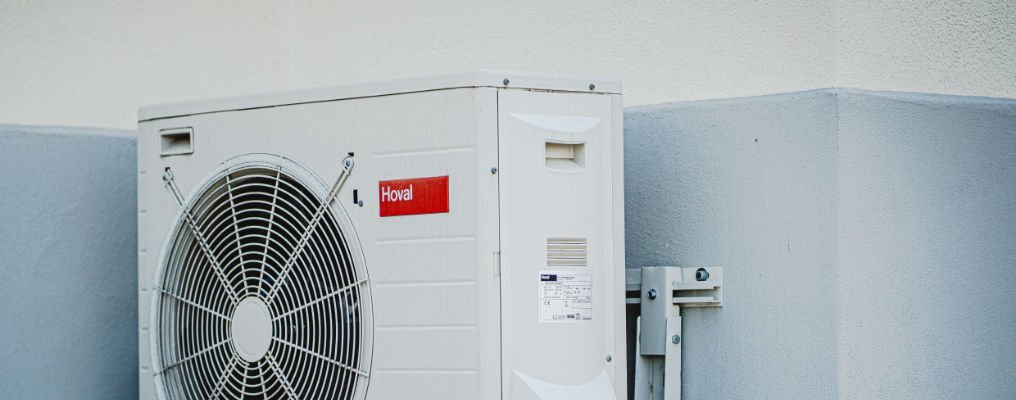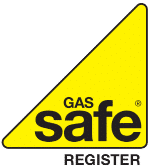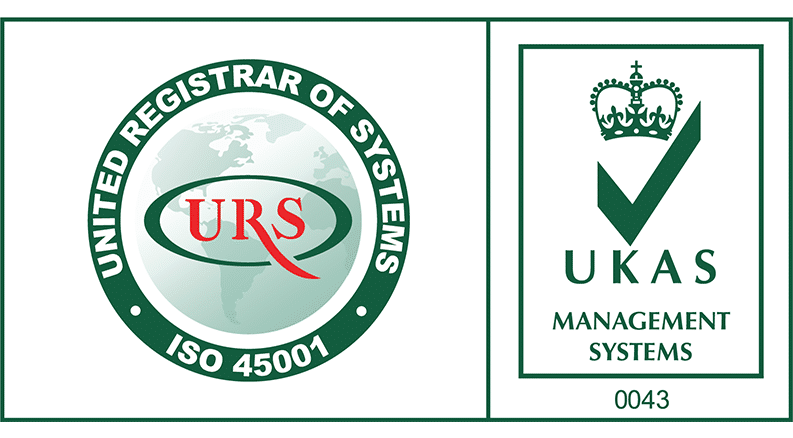
18/06/2021
We live in a world where we are bombarded with abbreviations, and the commercial sector is no exception. Just a quick look around a commercial kitchen or an industrial workshop and you’ll come across enough three- and four-letter terms to write a short guidebook. One such abbreviation that we often hear bounced around but not always correctly applied is HVAC.
In the past, HVAC was most commonly associated with large buildings such as skyscrapers, factories and hotels. But with more and more premises needing ventilation, the term has become much more widely used. In this article, we explore the question ‘What is HVAC?’
HVAC stands for Heating, Ventilation and Air Conditioning, and in the broadest sense is a descriptor for the various systems that work together to keep a given environment correctly ventilated and at the right temperature.
The invention of the components of HVAC systems went hand-in-hand with the industrial revolution, yet even today new methods of modernization, higher efficiency, and system control are constantly being introduced by companies and inventors worldwide. The modern technology that we are familiar with today is all thanks to the notable work of scientists such as Nikolay Lvov and Michael Faraday.
Alongside HVAC, the derivative HVRAC has also become more commonly used, which stands for Heating, Ventilation, Refrigeration and Air Conditioning. The reason for this is twofold; firstly, the various components that are deployed to create and maintain a given environment work together, and secondly, refrigeration has become more frequently considered within this group due to the similarity in how it functions.
So, what different devices are considered within the classification of HVAC? HVAC covers almost every area in which Carlton Services work.
Heating
Heating is a wide-ranging area, however in the context of HVAC the term generally applies to heat pumps rather than everyday heating devices such as radiators and fans. Heat pumps, which have been popular since the 1950’s, work by extracting heat from various sources which may include environmental air, exhaust air from a building, or from the ground. This makes them an efficient solution for larger premises and a common component of modern air conditioning installations.
Ventilation
Ventilation is not only good for the health of both buildings and their occupants, it is also a legal requirement in many circumstances. Commercial kitchens, offices using air conditioning installations and medical environments are just a few of the places where ventilation is compulsory. The law also requires such systems to be regularly cleaned and serviced and inspected by authorised professionals, such as Carlton Services.
Air Conditioning
An air conditioning system or a standalone air conditioner provides cooling for all or part of a building. Air conditioning systems consist of two key parts; the condenser which is fitted on the outside of the building – typically a large metal box with two distinct fans, and the air handler which is the part that controls the flow of air.
Under current legislation some air conditioning installations must have a TM44 inspection conducted every five years to identify inefficient units and reduce energy consumption – this applies to buildings with a combined cooling output of more than 12kw, whether that is 1x 12kw system, 2x 6kw systems or any other combination. To check if this applies to you, simply add the cooling duty of all your AC together; if it comes to more than 12kw, you need a TM44. It is of course also important to regularly check that there is no leakage of refrigerant.
For a full range of service covering most commercial heating, ventilation and air conditioning installations, give your local Carlton team a call now or use our online form to make an enquiry.














